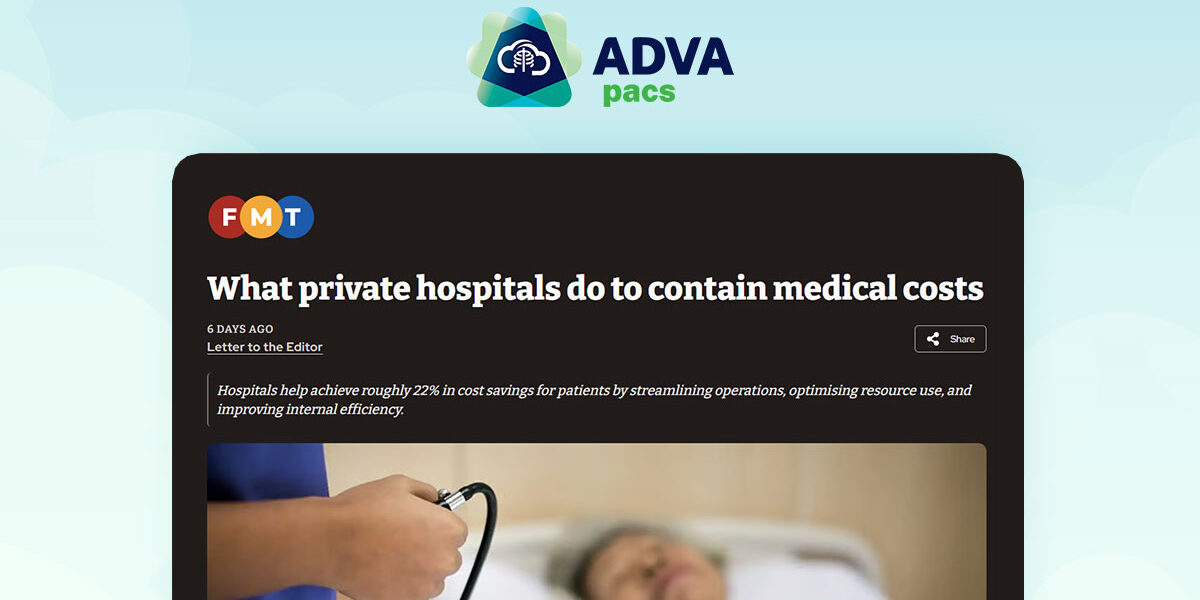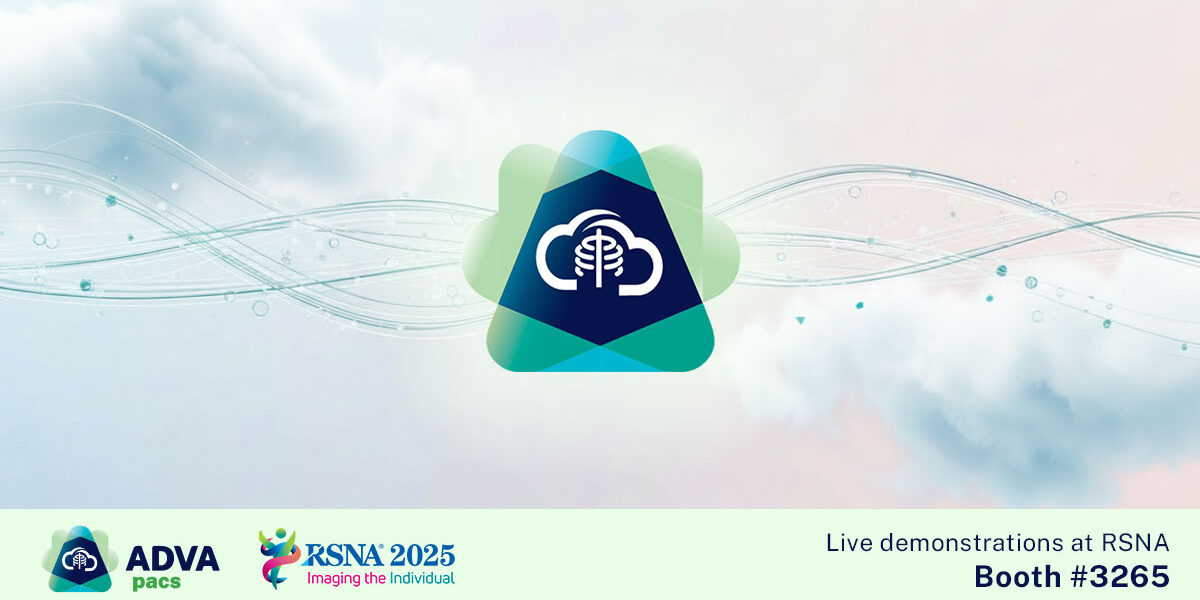In the first two weeks of our RSNA 2025 blog series, we explored how imaging is evolving through cloud-native platforms and what healthcare organizations need to operate confidently in this new landscape.
Week 1 introduced the broader transition toward cloud-native imaging in How Cloud PACS Vendors Are Defining the Next Era of Imaging
Week 2 built on that foundation with The Five Pillars of Cloud Maturity, outlining the capabilities required for resilient, scalable, and future-ready imaging environments.
Together, these form the backdrop for this week’s topic, a question many organizations are asking as RSNA approaches:
What does it really mean for a PACS to be “AI-ready”?
And how can healthcare providers prepare for AI without getting caught up in hype or unrealistic promises?
AI-Ready: An Infrastructure Conversation, Not an Algorithm Conversation
While AI continues to generate excitement in medical imaging, meaningful adoption depends far less on the algorithms themselves and far more on the environment they operate in.
Being “AI-ready” is not about buying AI products. It’s about having a system that can support AI when you choose to adopt it, efficiently, securely, and without disruption.
Three principles help define what this readiness looks like.
1. The Ability to Support New Tools Without Disruption
Introducing AI should not require a major overhaul or cause workflow interruptions.
An AI-ready PACS is built so new capabilities, whether AI-driven voice recognition, automation features, or diagnostic tools, can be added without destabilizing the existing system.
When a platform can support new tools without downtime, AI becomes a natural extension of the environment rather than a disruptive change.
2. Standardized Data for Reliable Outcomes
AI performs best when the information it receives is consistent and predictable. An AI-ready environment ensures clarity and uniformity across studies and workflows so future AI tools can interpret and operate with greater reliability.
This principle builds directly on Week 2’s discussion of cloud maturity: the more structured and standardized your environment is, the easier it becomes to introduce AI later.
3. Flexible Workflows That Can Evolve Over Time
AI will not arrive all at once, it will come in waves. An AI-ready PACS supports this by enabling workflows that can adapt as clinical needs, regulations, and AI capabilities evolve.
Flexibility ensures that AI insights can be incorporated directly into the way radiologists and clinicians already work, without forcing rigid or disconnected processes.
From Cloud Maturity to AI Maturity: A Natural Progression
If cloud maturity was about strengthening the core environment, AI readiness is about preparing for what comes next. Once an organization has reliability, consistency, and adaptable workflows, adding AI becomes significantly more efficient.
In many ways, AI maturity is the continuation of cloud maturity. The stronger your foundations, the more value AI will deliver when introduced.
AdvaPACS: A Cloud-Native, AI-Forward Platform
AdvaPACS focuses on preparing healthcare organizations for the future by prioritizing flexibility, openness, and workflow-centric design.
Instead of locking you into a closed ecosystem, AdvaPACS concentrates on the enablers that make AI usable when providers are ready, including:
- Open Integration: Enabling approved AI partners (like our integration with RadPair for voice reporting) to securely access the workflow.
- Workflow Continuity: Supporting workflows that introduce new tools without major disruption.
- Scalability: Offering a cloud-native platform that can grow alongside AI adoption without the need for on-premise hardware upgrades.
This approach ensures organizations stay in control, choosing their AI partners and adopting new capabilities at their own pace, on their own terms.
Why AI-Readiness Matters Even If You’re Not Using AI Today
Preparing for AI doesn’t mean deploying AI immediately. It means creating an environment where AI can be introduced confidently and responsibly when the time is right.
This preparation brings benefits today, including:
- Smoother workflows
- Clearer information handling
- Easier onboarding of new technologies
- Reduced future integration complexity
AI adoption is a journey, and building readiness early prevents downstream challenges.
Conclusion: Build the Foundation Before You Build the Future
As RSNA 2025 approaches, the industry conversation is shifting from “Which AI products are launching?” to “Are we prepared to use AI effectively when we choose to adopt it?”
Being AI-ready is ultimately about infrastructure, flexibility, and long-term readiness, not algorithms. By focusing on standardized information, flexible workflows, and the ability to introduce new tools without disruption, healthcare organizations can build an imaging ecosystem prepared for the next wave of innovation.
Next in the Series: Preparing for RSNA 2025 This is the third article in our RSNA 2025 lead-up series. In the coming weeks, we’ll continue exploring how cloud-native imaging platforms are shaping the future of radiology and what organizations can do today to prepare for upcoming innovations.
If you’re attending RSNA 2025, we’d love to discuss how healthcare providers are approaching AI readiness and how platforms like AdvaPACS support a future-focused imaging environment.
📍 Booth #3265 | RSNA 2025 | Chicago, IL 📅 November 30 – December 4, 2025




